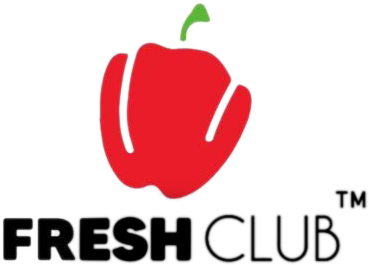It's burning 38 degrees outside, and there's no fridge to store icecream or ice cubes. The imagery sounds devastating. But thank goodness it's not the same case for us.
I'm glad that we have proper storage and preservation facilities. Coming to today’s main Agenda, let’s see how food gets spoiled.
There are several factors that result in the spoilage of food: the growth of microorganisms, enzyme action within the food itself, oxidation - when the oxygen in the air changes the appearance, texture and taste of the food- pests and extremes of temperature. To delay and minimise such spoilage and so lengthen their life, six different methods of preserving and storing it are used:
- Chilling.
- Freezing.
- Sugaring.
- Salting.
- Canning.
- Vacuum Packing
DANGER ZONES
There are a few danger zones that you must be careful of,
Make sure frozen food is completely thawed before cooking. Once frozen food is thawed, do not refreeze it. Be particularly careful not to undercook if its meat, fish or eggs you’re dealing with. Do not leave food to cool and forget about it. Bacterial growth is at its most prolific between 7°C (45 degrees F) and 60 degrees C (140 degrees F). Food should be left in this temperature zone for as short a time as possible. When reheating leftovers, one should ensure that the food reaches 75 degrees C (167 degrees F) right through. Use up any refrigerated leftovers within two days.
Never reheat food more than once. The repeated heating and cooling of food destroys vitamins and encourages bacterial growth.
